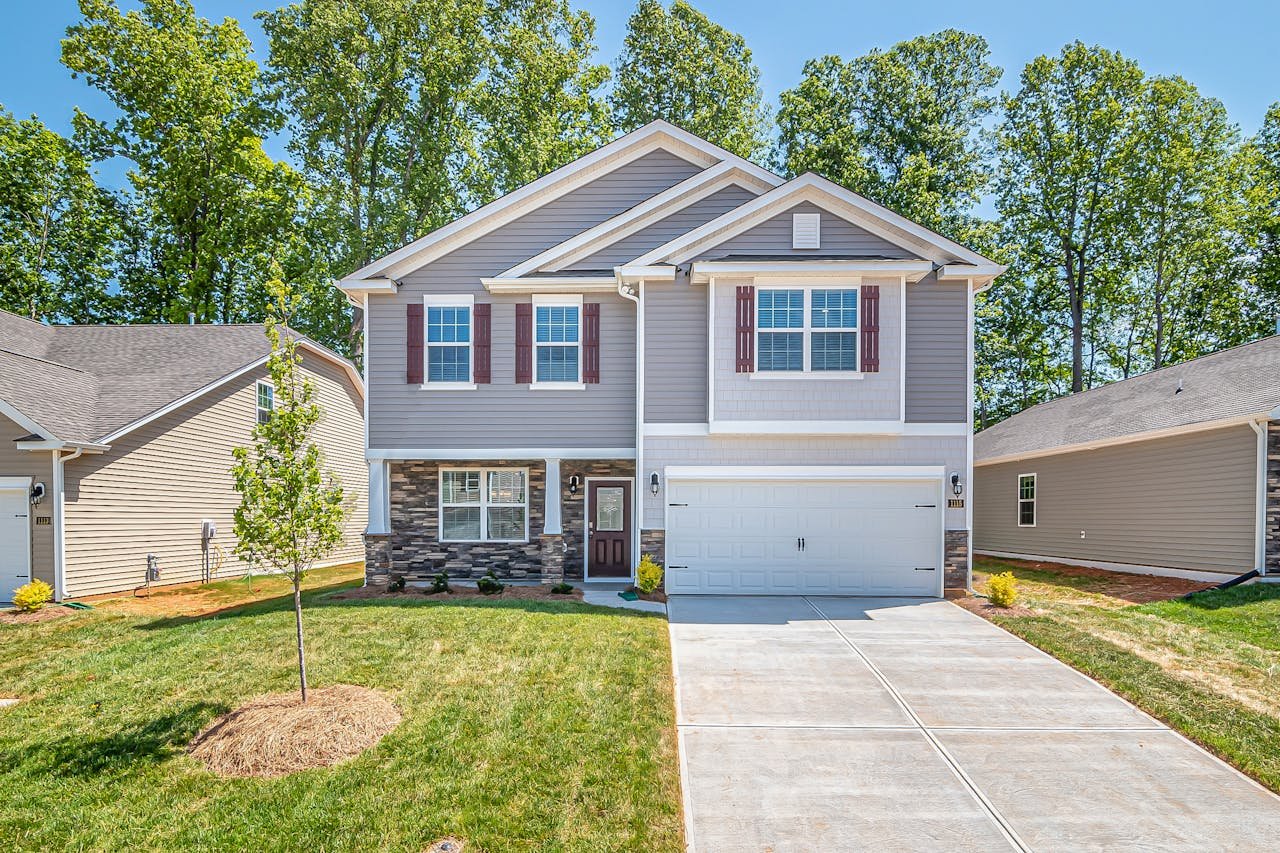Siding protects your home and its curb appeal. However, the harsh weather, pests, and aging have a toll on siding materials, and they get exhausted over time. Knowing when you should replace it will avoid pricey repairs and keep your home safe and looking great. Here are the major signs that your house siding should be replaced.
Warping, Cracking, or Bubbling
Any warping, cracking, or bubbling on the face of your siding is an indication that it is nearing the end of its life cycle and should be replaced. Warped or cracked siding becomes weakened, allowing exposure to moisture that may encourage mold or rot. Moisture trapped behind the siding is known to become bubbly, usually an indication of further damage beneath. This sign tends to be more commonly seen in older wood or vinyl siding but can occur in any variety of siding. These issues are solved within the shortest time, limiting the damage to your house’s structure and even making it look better as well as longer lasting.
Peeling Paint or Loose Wallpaper Inside the House
Surprisingly, in some cases, problems with siding can be identified from inside the house. You could have peeling paint or loose wallpaper within walls, and water might be coming from damaged siding. Once house siding fails to hold out moisture efficiently, water pours into your walls. The results will be gradual damage, and when this kind of water intrusion occurs frequently, then you can also expect to have severe damage, such as infestation by mold or rotting of the wood, aside from ruining the overall looks of the interior. You simply need to check your walls regularly, both inside and outside, to monitor these problems before they become too serious.
High Energy Bills

A sudden escalation in energy bills could be related to the deteriorating siding on your home. Good siding offers insulation to keep your home warm during winter and cool during the summer. With damaged siding, gaps start to appear in those areas that contribute to the circulation of cold or hot air inside, which makes your HVAC work harder than normal and, therefore, increases your energy costs. If your energy usage suddenly increases, without any other change in lifestyle or appliances used, it is about time you look at the siding installed. Energy-efficient siding options, such as steel log siding, mean a longer lifespan and a lot better insulation that keeps your home warm throughout all of your seasons and contributes less to your energy bills.
Fading or Discoloration
Siding that has lost its color or appears discolored is more than just an aesthetic issue—it’s a sign that the material may be nearing the end of its lifespan. Because siding fades normally with time especially where strong sunlight may be concerned, this could be less problematic. However, this may signify the breakdown of a protective layer of the siding, thereby compromising its integrity. If fading is a serious problem, recommending a resurfacing of materials with a longer-lasting and less maintenance finish is usually the course of action. Fade-resistant materials will give your home that new, fresh look and make it much more resistant to the outdoors.
Ongoing Repair Projects
Repair work on small sections of the siding can become overwhelming quickly. If you’re constantly repairing parts of your siding, you may be better off with a new home after all. Procedures that happen to do frequent repairs may imply that your material has become worn out and too weak to protect your home. Many patching can only cover up the problem temporarily, and this might not even cure the actual damage, which could lead to future problems. Rather than repeatedly buying frequent repairs, invest in new siding that will make your house last for a long time and tough. Modern alternatives, such as fiber cement or engineered wood siding, need very little maintenance, and you will find that they can make your house look fantastic with minimal effort.
Conclusion
Knowing how to identify warning signs that your house siding needs to be replaced will save you money in repairs, plus make your home comfortable and attractive. The indicators will tell you whether it is warping, interior peeling, rising energy bills, fading, or frequent repairs that the house needs an upgrade. The investment in good siding material not only protects but also adds to the curb appeal and market value of your house. You can ensure that your house stays well-protected and stylish over some time by being proactive.











